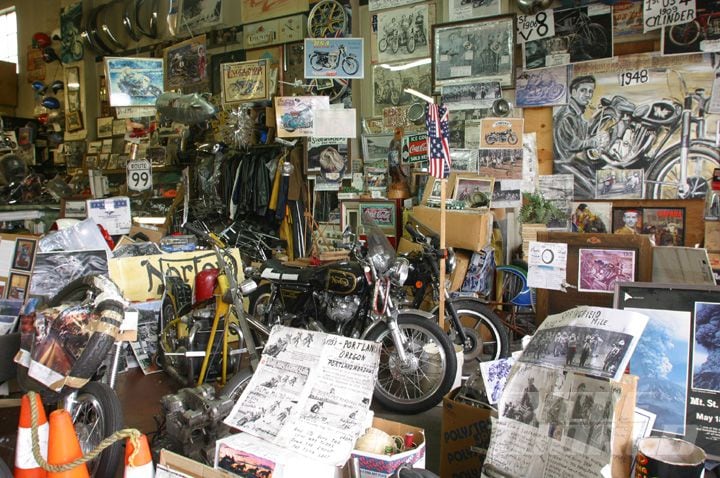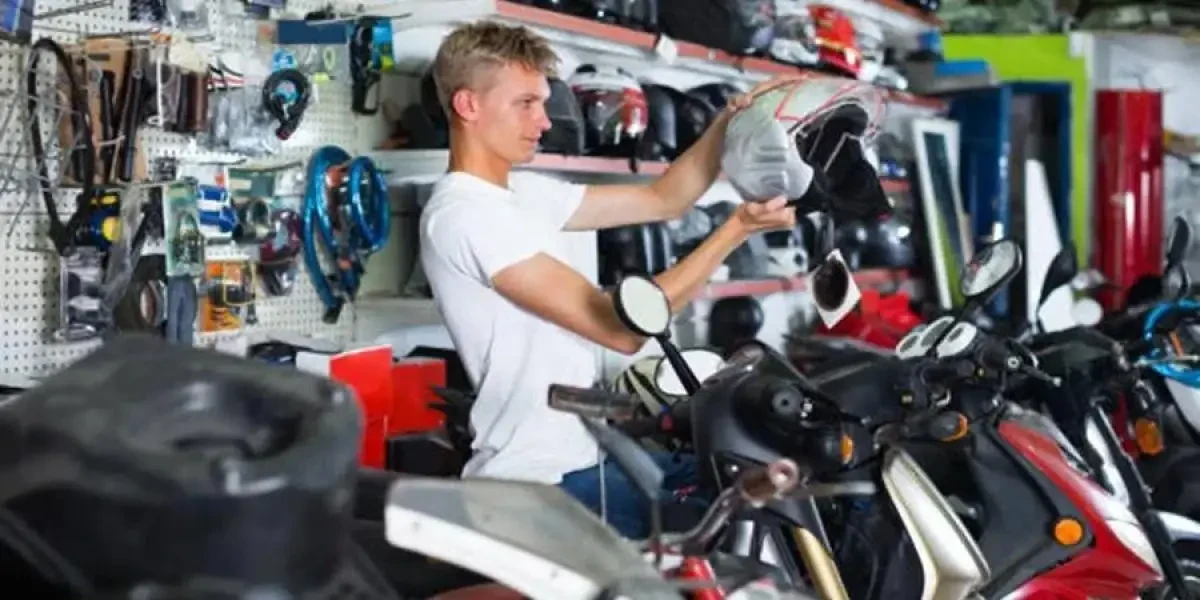Important Motorcycle Parts NZ for Peak Performance and Security
Important Motorcycle Parts NZ for Peak Performance and Security
Blog Article
Understanding Motorbike Gears: Just How to Optimize Your Riding Experience
In the realm of motorcycling, understanding the art of gear manipulation is vital for enhancing your riding performance. Properly understanding and using motorcycle gears can dramatically influence velocity, control, and gas efficiency, changing an average adventure into a smooth, electrifying trip. By including specific shift timing and adapting equipment selection to different roadway problems, riders can make sure optimal engine performance and security. The subtleties of clutch control, throttle coordination, and equipment technicians bid a deeper expedition, assuring to open the full possibility of your equipment. How can these strategies be utilized to absolutely optimize your riding experience?
Recognizing Equipment Mechanics
Exactly how do the ins and outs of gear mechanics affect bike efficiency? At the core of bike dynamics, gear technicians play a crucial function in converting engine power right into movement, inevitably dictating speed and control. Gears, diligently crafted elements, enable riders to maximize torque and speed, ensuring a smooth shift with various terrains and rates. The equipment ratios, meticulously created, identify the connection between engine changes and wheel turns, affecting acceleration and gas efficiency.
Comprehending equipment mechanics begins with acknowledging the relevance of the transmission, which houses several equipments of differing sizes. These equipments interact with a procedure recognized as meshing, where teeth of various gears engage to transfer power.
Moreover, the idea of gear changing is important to maximizing performance. Smooth and prompt shifts guarantee that the engine runs within its ideal power band, protecting against unneeded pressure and boosting long life (mx gear nz). By comprehending these mechanical intricacies, bikers can accomplish a harmonious blend of power, control, and performance, elevating their riding experience
Timing Your Changes
Change timing mastery is important for optimizing motorcycle efficiency and boosting the riding experience. Appropriately timed changes guarantee that the engine runs within its ideal power band, which is essential for maintaining control, attaining smooth velocity, and guaranteeing the longevity of the bike. Motorcyclists should develop an user-friendly sense of when to change equipments, which involves recognizing the connection between engine changes per minute (RPM) and rate.
To grasp shift timing, pay attention to the engine's noise and really feel, as these supply vital ideas regarding when to transform gears. The excellent shift factor normally occurs when the engine comes close to the upper array of its power band without reaching the redline. Changing too early can bring about an absence of power, while moving also late may trigger unneeded engine strain
Additionally, roadway problems and riding design influence shift timing. In contrast, during highway riding, fewer changes at greater speeds can be much more proper.
Enhancing Gas Performance
While understanding bike equipments is essential for performance, improving fuel efficiency is similarly essential for both environmental and economic reasons. Optimum gas intake not just decreases operational costs but also minimizes the ecological footprint of riding. To attain this, one have to recognize the detailed relationship in between equipment choice and engine performance.
Firstly, selecting the appropriate equipment at suitable speeds can considerably impact gas intake. Riding in a higher gear at reduced rates can result in engine carrying, which is destructive to both gas economy and engine health and wellness. On the other hand, riding in lower equipments at high rates results in unneeded gas usage. Therefore, maintaining an optimal equilibrium by moving equipments in positioning with road conditions and prepared for maneuvers is important.
Furthermore, regular maintenance plays a pivotal function in fuel effectiveness. Ensuring that the motorbike is well-tuned, with clean air filters and properly blew up tires, can enhance the rules of aerodynamics and decrease fuel waste. In addition, taking on a riding design that accepts progressive acceleration and smooth deceleration can add to much better gas economic situation.

Methods for Smooth Transitions
Achieving smooth gear shifts is basic to enhancing the riding experience and making certain the durability of a bike's transmission system. Proper equipment shifting not just adds to a smooth trip yet also lessens damage on the mechanical parts. To master the art of smooth transitions, bikers should concentrate on a couple of essential methods.

Secondly, clutch control plays a pivotal role. Engaging and disengaging the clutch smoothly requires method. The clutch lever ought to be released gradually, enabling a smooth transfer of power from the engine to the wheels try this site without creating a jolt or abrupt movement.

Adapting to Roadway Problems
Navigating varied road problems is an important skill for any kind of motorcyclist aiming to maintain control and safety and security. Whether you're riding on damp surface areas, gravel roadways, or navigating doglegs, your ability to adjust your gear usage and riding technique is extremely important. Comprehending how to change your gears properly can dramatically influence traction and security, making certain a much safer journey.
On damp roads, it is advisable to maintain greater gears to reduce torque and decrease wheel spin. This method aids keep hold on unsafe surface areas, permitting smoother acceleration and deceleration. In comparison, when riding on crushed rock or uneven surface, reduced equipments are more suitable. Lower equipments give much better control and permit you to respond even more quickly to unforeseen modifications in the roadway surface.
Sharp contours demand specific gear management to balance speed and control. Downshifting prior to entering a curve can assist maintain momentum while guaranteeing the motorcycle remains steady throughout the turn. Regular technique in diverse problems enhances your ability to react and you can try these out forecast to adjustments in road texture and incline.
Verdict
Mastering bike gears substantially improves the riding experience by improving gas, control, and velocity performance. Adjusting gear option to different road conditions, such as utilizing greater equipments on wet surface areas and reduced gears on crushed rock, further improves handling and safety.
Comprehending gear mechanics begins with identifying the importance of the transmission, which houses multiple equipments of varying sizes. These equipments communicate with a procedure recognized as meshing, where teeth of different gears involve to send power (mx parts nz). Gentle modifications to the throttle during gear shifts can stop jerky activities and preserve a regular riding speed
Whether you're riding on wet surface areas, crushed rock roads, or browsing sharp turns, your ability to adjust your gear use and riding technique their explanation is paramount. Adjusting gear choice to numerous roadway problems, such as utilizing greater gears on damp surfaces and reduced equipments on crushed rock, additional boosts handling and safety and security.
Report this page